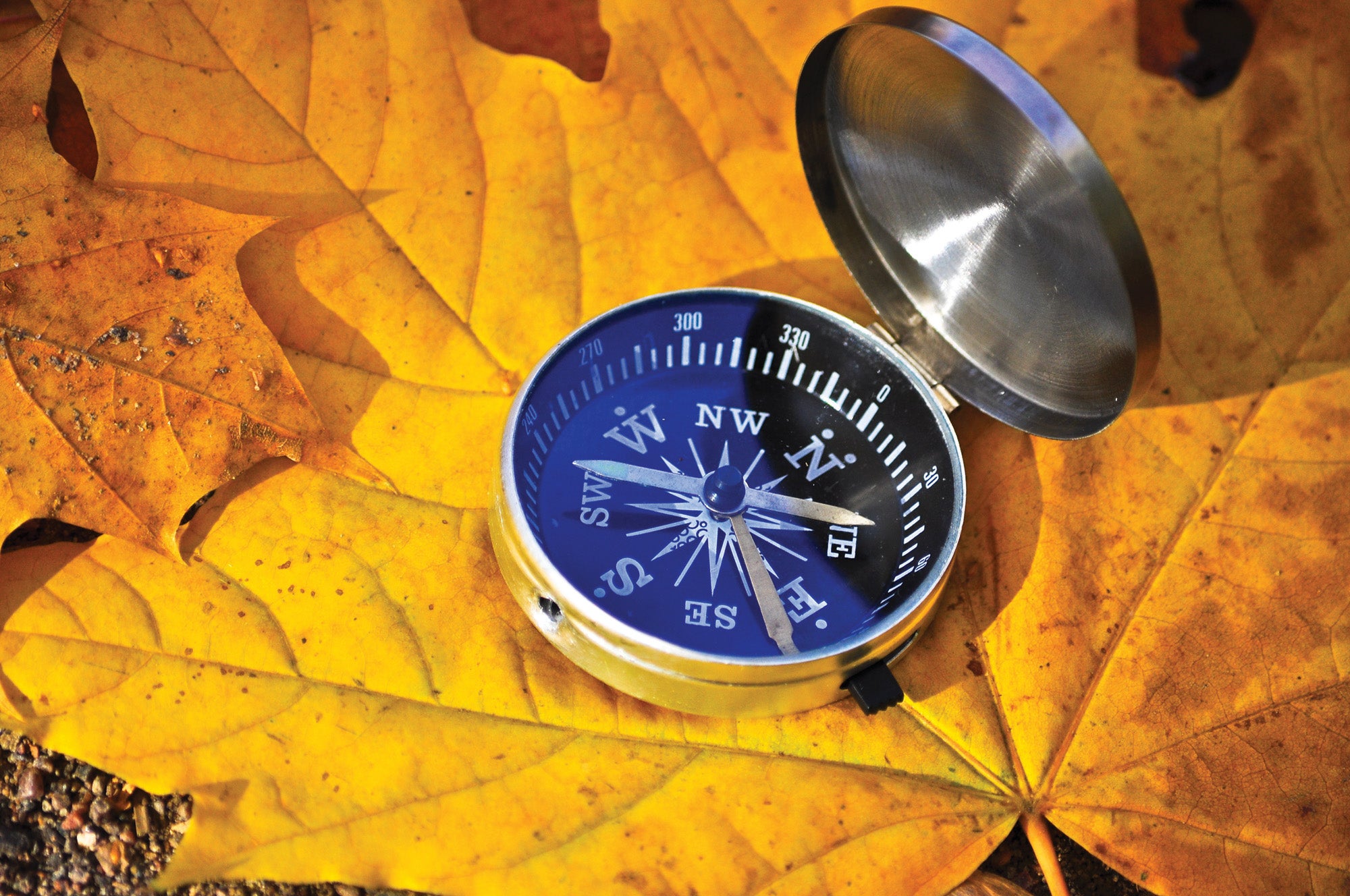Lost-proof yourself in the woods
Published 8:12 pm Monday, September 3, 2018

- Compass among the autumn leaves. The navigation device on the background of fallen leaves in the forest.
I recently taught an active shooter awareness class at East Kentucky Power Cooperative. This was my second time leading one there. This class was mostly field personnel. During one of the breaks, one of the gentlemen in class mentioned getting “turned around” in a remote wilderness area one day at work.
It is easy to do. In this instance, this person was informally surveying what would soon be electric line right-of-way. I and many others such as this gentleman, “explore’ areas like this often for work or recreation. This consists of being off the trail, just looking around and enjoying being outside.
When doing this you often do not know exactly where you are. I wanted to share a few things you can do to help lost-proof yourself. These are techniques I have used many times while going in unfamiliar areas and covering much ground. Most especially during grouse hunts in the Daniel Boone National Forest.
The first would be to utilize a map and/or have an overall, bird’s eye view of the area in which you are traveling. By doing this you can get an understanding of the general feel for the area you intend on traveling.
or example, you might note on a map that all of the ridges lead out to one big and very long hollow that is too far from your destination.
If you know this and you recognize you are starting to walk downhill, then you should recognize you have gone too far and turn around.
Next, you should know if there are any “catch features” in the area. A catch feature is a prominent natural or man-made feature that will “catch” you if you walk too far. My son and I have gotten “lost” twice. Once on a backwoods exploring trip another on a grouse hunt. We really had no idea where we were but I knew that both areas had roads that would act as catch features should we get temporarily lost while we were out. We knew that we could easily just drop down one of the ridges and keep walking until we hit a road and then walk back that way. You need to be absolutely sure of these catch features and how they relate to your surroundings before you go.
Have a GPS and know how to use it well. There is a common saying among many law-enforcement and federal park employees (especially out west) known as “Death by GPS”. This is where outdoor adventurers have a GPS and it either fails, or they fail in the operation of using it properly. In so doing it gets them further lost, and leads to their death. While technology is a wonderful thing and a good GPS can pinpoint your location, you must practice with it on known trails and familiar areas before you need it.
I always start off my exploring trips by setting a waypoint on my GPS for where I park my vehicle. In this manner when my GPS is working, I can always point the way back to my vehicle.
Lastly, always take a map and compass with you and the knowledge to use them properly. Even if you carry a GPS. I may be a bit old-school, but I prefer map and compass skills to GPS use. Mainly because they do not run on batteries and because I have read too many stories of GPS units and cell phone apps failing and getting people in trouble.
If you are interested in learning how to use a map, compass, and GPS properly, we have a class coming up soon. Check out our calendar of events on our website.
If not, then please utilize the methods I have mentioned here to help lost-proof yourself on your next adventure. Hopefully, I will see you soon on, or off, the trail!
Craig Caudill is a lifelong resident of Winchester and serves as Director of Nature Reliance School. He is the author of Extreme Wilderness Survival and Ultimate Wilderness Gear. Please feel free to contact Craig at info@naturereliance.org or through any of the various social media platforms available.




